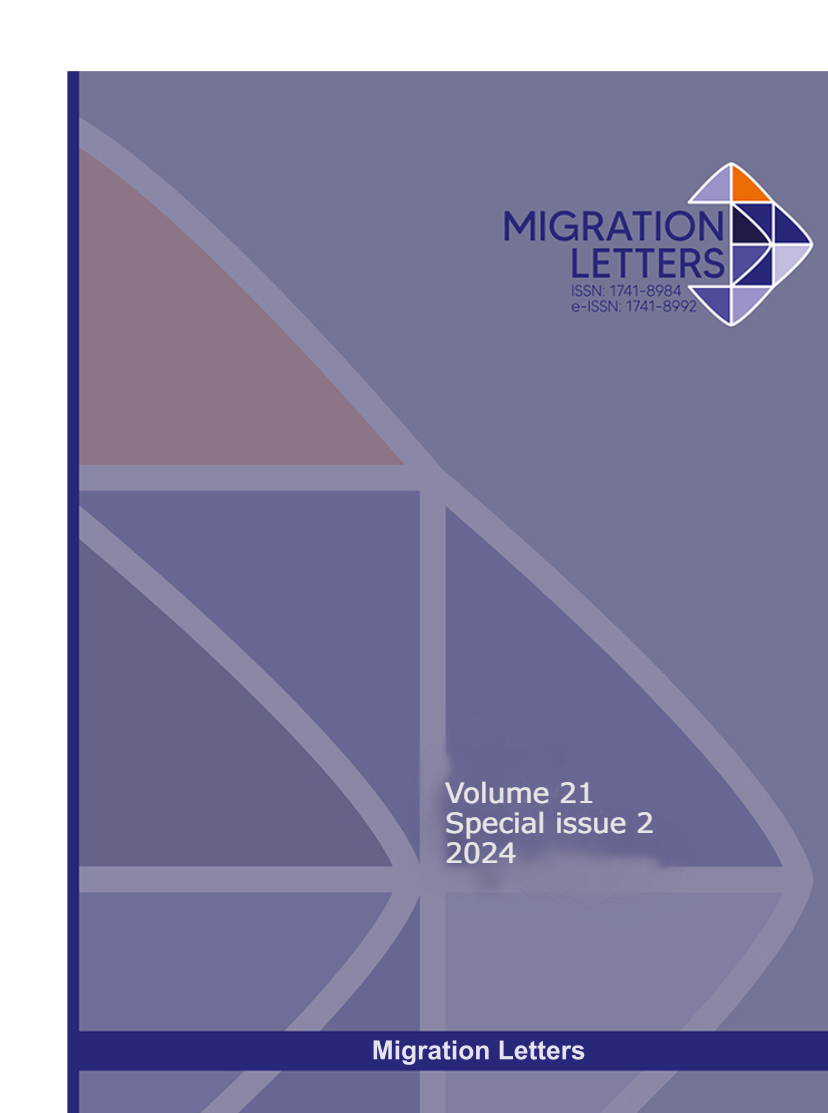Awareness, Attitude and Reported Practice of Materiovigilance Among Nurses- Pan India: A Pilot Study
Abstract
Background / Aims: Medical devices play a progressively essential function in contemporary healthcare by facilitating diagnostic, therapeutic, and life-sustaining interventions. However, the extensive implementation causes the possibility of adverse events (AEs), which encompass any inadvertent damage or injury from a medical device. Materiovigilance, which involves the methodical surveillance and evaluation of adverse events (AEs) linked to medical devices, plays a vital role in protecting patients' safety and enhancing the standard of healthcare. Notwithstanding the increasing significance attributed to materiovigilance, the issue of adverse event underreporting persists as a substantial obstacle. This underreporting results from several factors, including a lack of knowledge, insufficient training, and apprehensions regarding legal repercussions. Hence, we aimed to find the level of Awareness, Attitude and reported Practice of Materiovigilance among registered Nurses in India.
Methods: A pilot study was conducted among 300 registered nurses in clinical settings across India from July 2023 to September 2023. We used an online survey with a snowball sampling technique. A self-structured questionnaire with a Cronbach's alpha of 0.71, 0.93, and 0.73 was used to measure awareness, attitude, and reported practice, respectively. The awareness level was categorized as lack of awareness (< 7), low-level awareness (8-11), and high-level awareness (>12). The attitude with a score of 60-75 was considered positive. A practice score of 7-10 was regarded as excellent or adequate practice. Analysis was done with SPSS 29.0
Results: The mean age of nurses was 30 yrs + 9.7, and most (60%) were graduate female (92%) staff nurses (67%) from private (76%) and accredited (84%) hospitals of South India (59%). One-third of the samples needed a higher level of awareness. The majority (61%) possessed a positive attitude and adequate practice (60%) regarding materiovigilance. There was a significant (p<0.00) association between hospital type and accreditation status with practice. There was a weak positive correlation (0.12) between attitude and knowledge, knowledge and practice (0.07), and a weak negative correlation (-0.06) between attitude and practice.
Discussion: There needed to be more transition from the knowledge and a supportive attitude to the practice of medical device adverse effect reporting. Hence, this research emphasizes the significance of considering nurses' attitudes while developing interventions to improve materiovigilance.
Conclusion: This study reveals significant insights into the current condition of materiovigilance practices among nurses in South India. The results indicate that further training and education are necessary to enhance nurses' knowledge and practice of materiovigilance.
Published
How to Cite
Issue
Section
License

This work is licensed under a Creative Commons Attribution-NonCommercial-NoDerivatives 4.0 International License.
CC Attribution-NonCommercial-NoDerivatives 4.0






